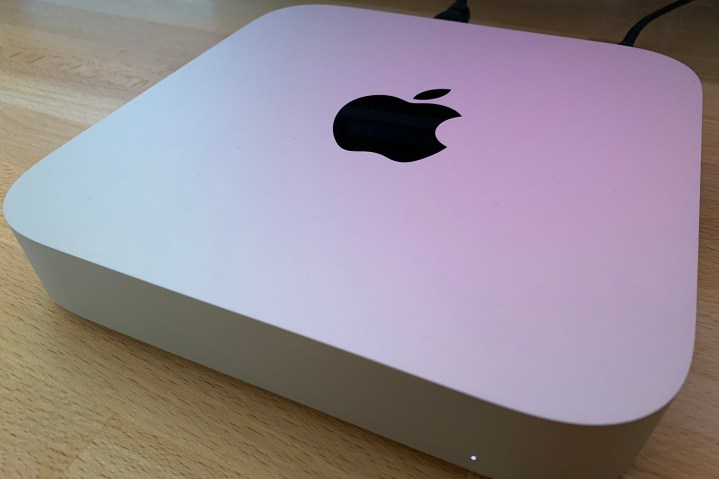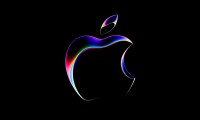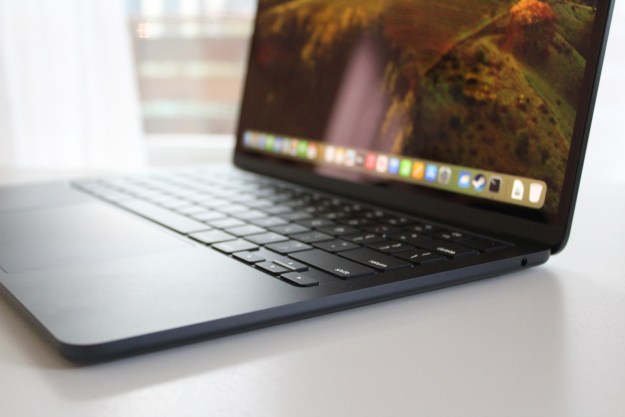At its Worldwide Developers Conference (WWDC) in 2020, Apple announced it would begin shipping Macs with its own custom Apple Silicon processors instead of Intel chips, something that was confirmed at the company’s “One More Thing” event in November. These chips are based on ARM designs, something Apple already uses in its iPhones and iPads.
Since then, Apple Silicon Macs — kitted out with the company’s M1 chips — have made a massive splash in the industry, winning rave reviews all round. But why did Apple make this change? And what can you expect from a new Apple Silicon Mac? We have the answers to your questions right here.
Why has Apple moved away from Intel?

According to Apple, moving away from Intel was about creating the next era of products. In its iPad and iPhone chips over the years, Apple claims it has developed the most energy-efficient chips in the world, that consume less power while also providing better performance. It wants to apply this efficiency, along with other advanced features, to a new “family of Mac SoCs” (system on a chip) in these new products.
Beyond what was shared at WWDC, we suspect one of the main thrusts for Apple changing its processor supplier lies with its dissatisfaction with Intel. The rate of innovation and improvement at Intel appears to have slowed in recent years, likely prompting Apple to look elsewhere for a solution. That line of thought was backed up by former Intel engineer François Piednoël, who claimed that the quality assurance of the company’s Skylake chips was “abnormally bad,” creating a tipping point that convinced Apple to end its partnership with Intel.
The second major contributor is control. Apple could simply have switched to AMD for its processors (and this has been rumored in the past), but this would still leave it with the problem of relying on a third-party supplier whose objectives may not match Apple’s. By bringing the processor designs in-house, Apple can coordinate its hardware and software teams, ensuring each takes advantage of the features in the other.
What is ARM?

All of Apple’s A-series chips (and the M1 in newer Macs) use the ARM (standing for Advanced RISC Machine) architecture, designed by Arm Holdings. The designs are licensed out to other companies, including Apple, who can then use these designs in their own processors. Apple has used ARM designs extensively — every iPhone and iPad ever released has used an ARM-based processor, for instance.
ARM chips are known for their low power consumption, making them ideal for phones, tablets, and smart home devices. That efficiency also makes ARM processors attractive to companies like Apple, as it would allow them to build thinner and lighter devices without necessarily sacrificing performance. The incredible efficiency is aptly demonstrated in the M1 MacBook Air, which does not even need an internal fan.
These are the same types of chips Microsoft has attempted to use in some of its Windows on ARM devices, or the more recent Surface Pro X.
Are Apple Silicon chips as powerful as Intel processors?

The answer to this question is a resounding yes. Before the first M1 Mac appeared in the wild, we were unsure how it would fare because there are so few ARM computers to base a judgement on. Once we got Apple’s new silicon in our grip, though, it was obvious it was something special.
Take the M1 MacBook Air. Seeing as it uses the same chip as the M1 MacBook Pro, its performance is on par with Apple’s pro-level laptop. Seen for so long as the puny neighbor of the MacBook Pro, the Air has not so much closed the gap as utterly eliminated it. And it does all that without a fan, meaning it operates completely silently.
Or what about the M1 Mac Mini? Thanks to its slightly thicker shape compared to Apple’s laptops, the tiny desktop is the best performing M1 device of the lot. It posted some of the highest performance benchmarks we have ever tested, all while costing a mere $699.
All this goes to show that Apple Silicon is leaps and bounds ahead of what Intel has previously been able to offer in Apple devices. Sure, there are more powerful Intel chips out there, but none that you can get in an Apple device and certainly none at this sort of price point. Intel has a lot of catching up to do.
Are my apps compatible?

In a word, yes. Microsoft had to warn customers that some of their apps may not be compatible with the Surface Pro X. Apple has not suffered the same fate, however. It had many apps — such as Microsoft Office apps and pro-level apps from Adobe — ready to go from day one, as well as its own in-house apps, from Notes to Final Cut Pro. Since then, more and more apps have been updated to run natively on the new platform.
There are a number of tools Apple is using to convince developers to transition their Intel-based apps over to Apple Silicon. A new version of Xcode allows developers to bring Intel applications over in just a few days, using a new application binary called Universal 2 that works for both Intel and Apple systems.
For apps that don’t make the transition, Apple has updated Rosetta (the framework it used to help developers transition their apps when it moved from PowerPC to Intel). It is now called Rosetta 2 and can translate apps as they are installed, meaning they can launch right away. That means that even apps whose developers have not released Apple Silicon versions should still work seamlessly on the new architecture.
Lastly, Apple is also enabling virtualization for developers looking to run Linux.
Should I buy an Apple Silicon Mac?

Absolutely. Based on performance data alone, Apple has really knocked it out of the park this time. Comparing an M1 Mac to an Intel equivalent is like night and day. Even better, Apple has kept the price of these products the same as they were before the transition, making the choice a real no-brainer.
There are a couple of slight caveats, though. If you are looking to buy an iMac, you should hold off for now. As we will come to shortly, Apple is planning a huge overhaul of this device — the largest in close to a decade — with both the inside and outside coming in for some major changes. You do not want to buy one right now, only to have it made obsolete a few weeks later.
The second word of caution concerns the MacBook Pro. Like the iMac, this is set for a major redesign this year. On the grocery list are thinner bezels (allowing for a larger screen with an amazing Mini-LED panel), greater port variety, the return of the MagSafe charging slot, and a faster Apple Silicon chip. The design will feature a more squared-off look (think iPad Pro in laptop form), and the Touch Bar is also set to go. In short, this update is a big one, and it is another where you should wait if at all possible.
Otherwise, we would absolutely recommend taking the plunge on an Apple Silicon Mac. It is one of the biggest leaps forward Apple devices have made in recent memory.
What is on the Apple Silicon roadmap?

After the flying start of the Apple Silicon-equipped MacBook Pro, MacBook Air, and Mac Mini, you are probably wondering what is next for Apple’s custom chips. Well, there is a lot to be excited about.
Reliable reporter Mark Gurman has claimed Apple is developing chips with as many as 32 cores, which would offer power the likes of which has never been seen in a Mac. That chip is almost certainly reserved for future Mac Pro models, but Gurman has also said Apple is working on chips with 16, 12, or eight high-performance cores alongside for high-efficiency cores. Even the last of those would offer double the high-performance cores of the already-powerful M1.
These chips are likely destined for consumer devices like the MacBook Pro and iMac. Speaking of the latter, the iconic all-in-one looks set to join the Apple Silicon party later in 2021, with an external redesign making the do-over complete.
Not every Mac is going to move across to Apple Silicon straight away, though. Apple said in 2020 that the transition period would take a couple years, and the next update of the Mac Pro is expected to stick to Intel for now. That would make it the only Mac not yet running on Apple Silicon, though, and it is only a matter of time until it too makes the switch.
Editors' Recommendations
- These 6 tweaks take MacBooks from great to nearly perfect
- The biggest threat to the MacBook this year might come from Apple itself
- Why you should buy a MacBook Pro instead of a MacBook Air
- Which color MacBook should you buy? Here’s how to pick
- Why you should buy a MacBook Air instead of a MacBook Pro





